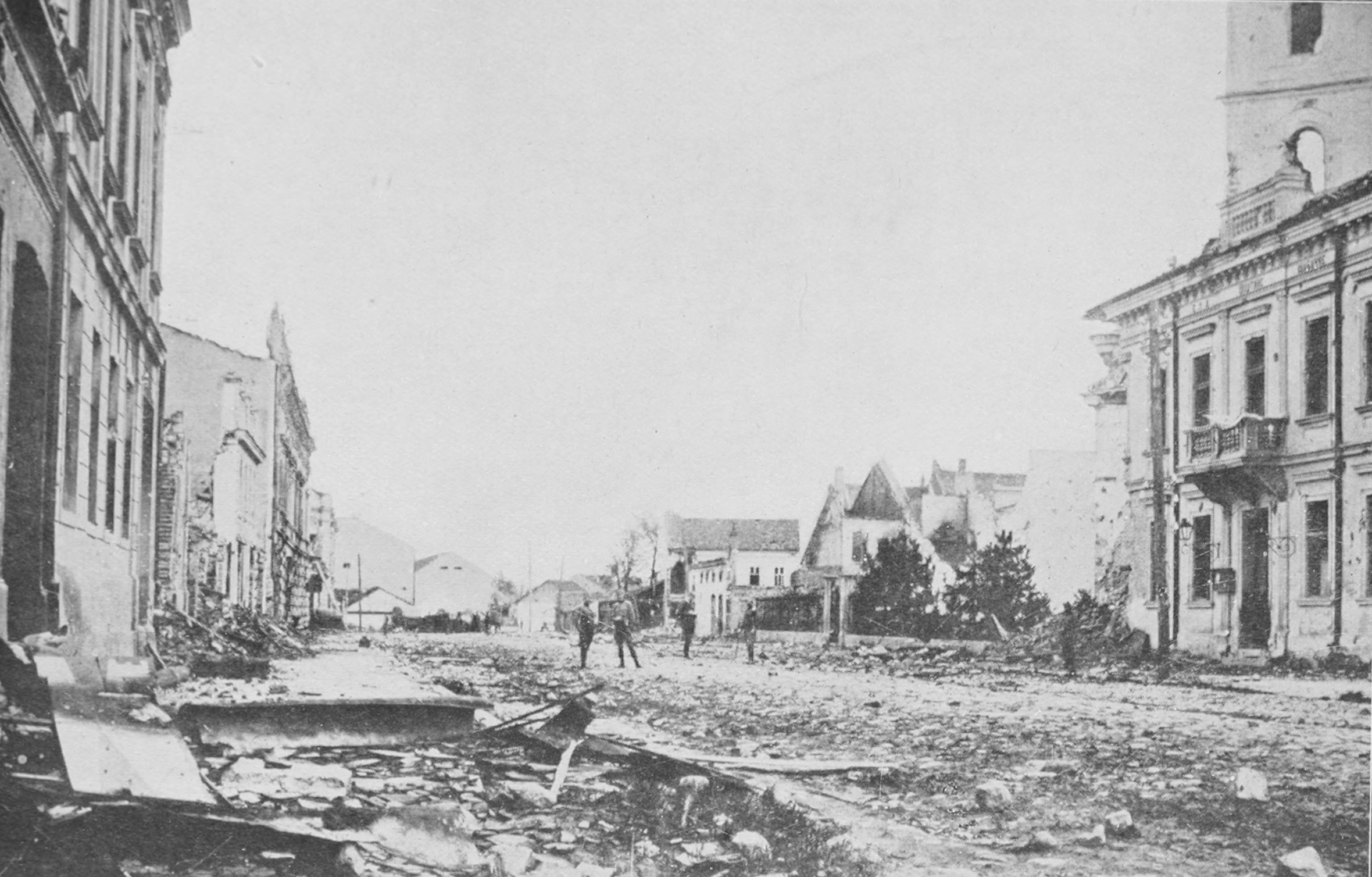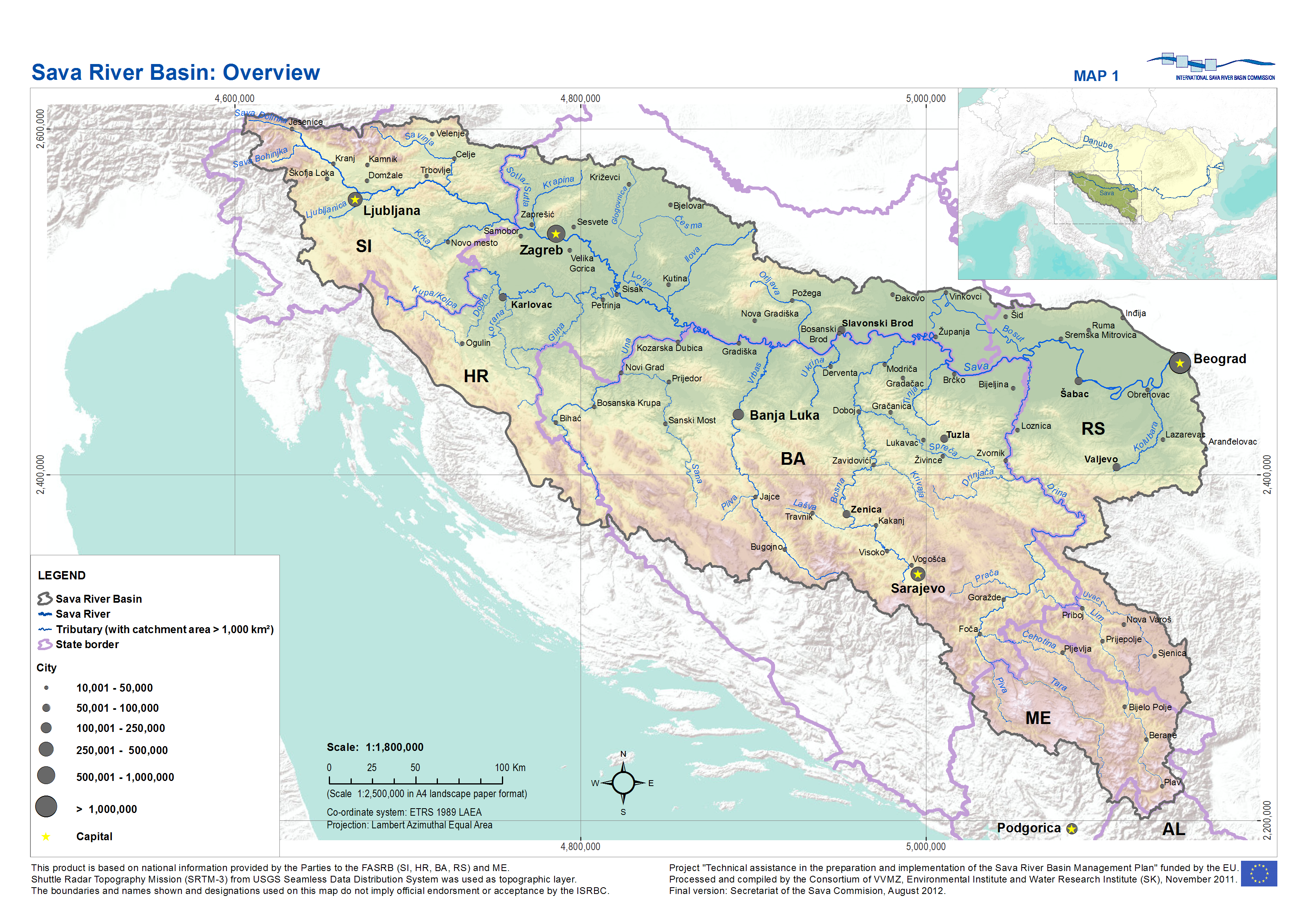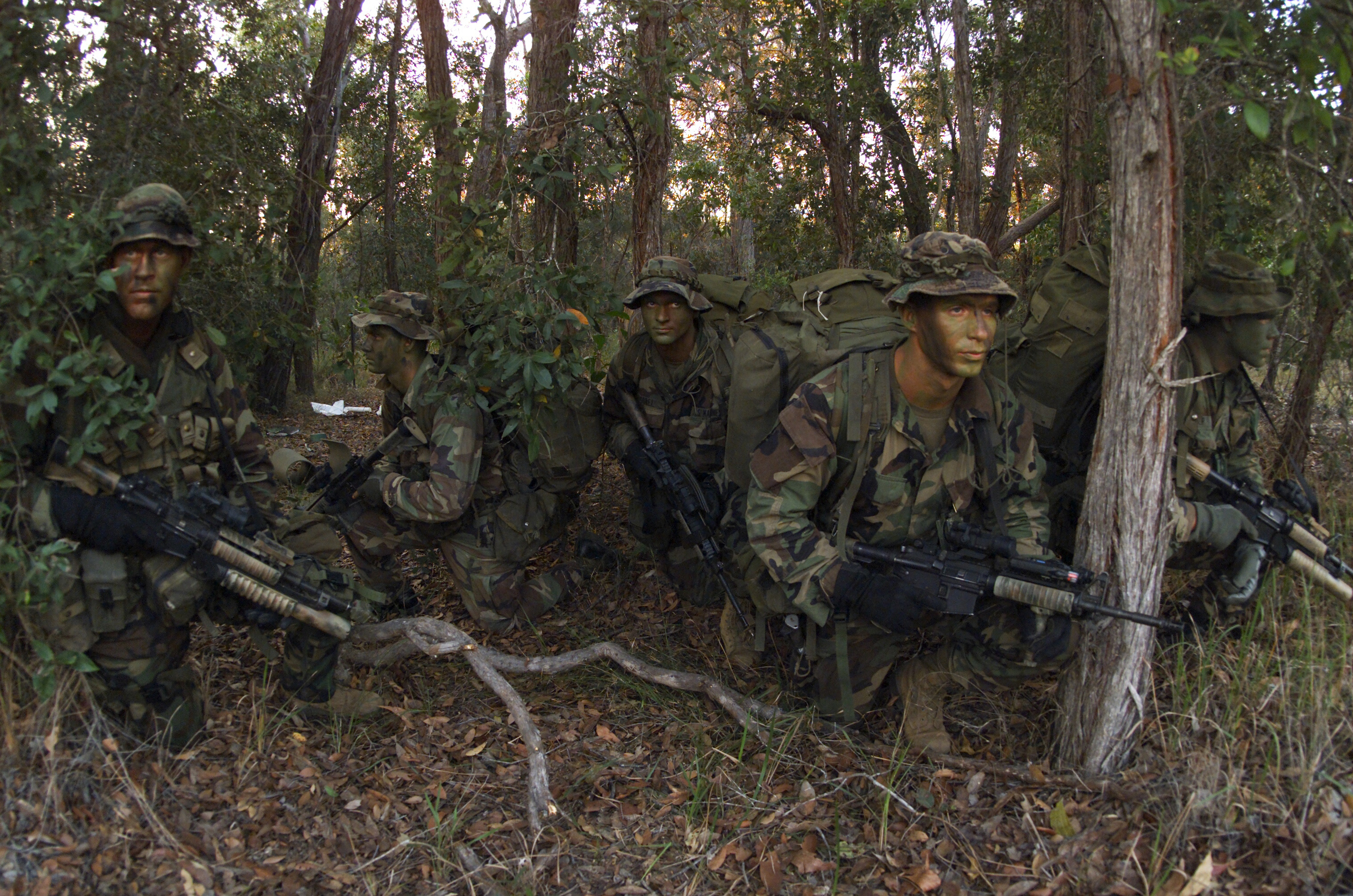|
Jovan Jovanović (bishop)
Bishop Jovan Jovanović (1732 – 12 April 1805) was the Serbian Orthodox Bishop of Bačka before and during Karađorđe's Serbia, from 1786 to 1805. He was involved in inspiring the people in their determination to overthrow the Turkish yoke. Biography Bishop Jovan was born in Sremski Karlovci in 1732, where he finished primary and secondary school. During his schooling, he was a cadet of the Bishop of Timisoara, Vićentije Jovanović Vidak, the future Metropolitan of Sremski Karlovci. He was first a deacon at the "Upper Church" (Vavedenjska) in Karlovac. When he was revived, he was invited to the Bezdin monastery because of his reputation as a great chanter. After receiving the monastic rank in the Bezdin monastery, he was promoted to the rank of the archdeacon. During the life of Abbot Vasilije (Nedeljković) of Novo Hopovo, Archimandrite Jovan was appointed rector of the Hopovo monastery. In 1776, in the Hopovo monastery, he was portrayed by the famous Serbian painter T ... [...More Info...] [...Related Items...] OR: [Wikipedia] [Google] [Baidu] |
Serbian Orthodox Church
The Serbian Orthodox Church ( sr-Cyrl-Latn, Српска православна црква, Srpska pravoslavna crkva) is one of the autocephalous (ecclesiastically independent) Eastern Orthodoxy, Eastern Orthodox Eastern Orthodox Church#Constituencies, Christian churches. The majority of the population in Serbia, Montenegro and Republika Srpska of Bosnia and Herzegovina are Baptism, baptised members of the Serbian Orthodox Church. It is organized into metropolis (religious jurisdiction), metropolitanates and eparchies, located primarily in Serbia, Bosnia and Herzegovina, Montenegro, and Croatia. Other congregations are located in the Serb diaspora. The Serbian Patriarch serves as first among equals in his church. The current patriarch is Porfirije, Serbian Patriarch, Porfirije, enthroned on 19 February 2021. The Church achieved Autocephaly, autocephalous status in 1219, under the leadership of Saint Sava, becoming the independent Archbishopric of Žiča. Its status was elevated ... [...More Info...] [...Related Items...] OR: [Wikipedia] [Google] [Baidu] |
Krušedol Monastery
The Krušedol Monastery ( sr-cyr, Манастир Крушедол, Manastir Krušedol, ) is a Serbian Orthodox monastery on the Fruška Gora mountain in the Syrmia region, northern Serbia, in the province of Vojvodina. The monastery is the legacy of the last Serbian despot family of Syrmia - Branković. Dedicated to the Annunciation to the Blessed Virgin Mary, it has been described as the "spiritual beacon" of Fruška Gora and "Second Studenica". History It was founded between 1509 and 1514 by Saint Maksim Branković, Metropolitan of Belgrade and Srem, and his mother Saint Angelina of Serbia. Original idea to be turned into the mausoleum of the Branković family. Initially, the monastery enjoyed the financial support of Neagoe Basarab (who was married to Serbian princess Milica Despina of Wallachia), and Grand Prince Vasili III of Russia. In 1708, it became the seat of the Metropolitanate of Krušedol. In 1670, it had the largest brotherhood of all monasteries on Fr ... [...More Info...] [...Related Items...] OR: [Wikipedia] [Google] [Baidu] |
1732 Births
Events January–March * January 21 – Russian Empire, Russia and Iran, Persia sign the Treaty of Riascha at Resht. Based on the terms of the agreement, Russia will no longer establish claims over Persian territories. * February 9 – The Swedish East India Company begins its profitable first expedition to China, departing Gothenburg on the ship '' Friedericus Rex Sueciae'' under the command of Colin Campbell (Swedish East India Company), Colin Campbell. * February 14 – Henry Fielding's comedy ''The Modern Husband'' premieres at the Royal Theatre on Drury Lane in London. * February 25 – John Stackhouse (colonial administrator), John Stackhouse is appointed by the East India Company, British East India Company as the new List of governors of Bengal Presidency, President of the Bengal Presidency and serves for seven years. * February 27 – Herat Campaign of 1731, Herat Campaign: General Nader Shah of Persia (now Iran) suppresses the rebellion ... [...More Info...] [...Related Items...] OR: [Wikipedia] [Google] [Baidu] |
Order Of Saint Stephen Of Hungary
The Order of Saint Stephen () is an order of chivalry founded in 1764 by Maria Theresa. In 1938, Miklós Horthy took the rights and activities of Grand Master as Regent of Hungary. The name of the Order changed to the Royal Hungarian Order of Saint Stephen (, ). The Order was terminated at the time of the proclamation of the Second Hungarian Republic in 1946. It was recreated in 2011 as the Hungarian Order of Saint Stephen, and to this day remains the highest order in Hungary. Significance to Hungarians The order is named after Hungary's most famous king, Stephen I of Hungary, Stephen I, whose reign (997–1038) was marked by his consolidation of the monarchy, the establishment of the medieval state of Hungary, and his adoption of Christianity as the state religion. His coronation, as recognized in the Church, is dated 1001. He died August 15, 1038, during the Feast of the Assumption. His feast day in Hungary is August 20. Canonized by Pope Gregory VII in 1083 along with his ... [...More Info...] [...Related Items...] OR: [Wikipedia] [Google] [Baidu] |
Šabac
Šabac ( sr-Cyrl, Шабац, ) is a List of cities in Serbia, city and the administrative centre of the Mačva District in western Serbia. The traditional centre of the fertile Mačva region, Šabac is located on the right banks of the river Sava. , the city proper has population of 51,163, while its administrative area comprises 105,432 inhabitants. Name The name ''Šabac'' was first mentioned in Republic of Dubrovnik, Ragusan documents dating to 1454. The origin of the city's name is uncertain; it is possible its name comes from the name of the city's main river, the Sava. The city is known by a variety of different names: ''Zaslon'' in medieval Serbian, ''Szabács'' in Hungarian language, Hungarian, ''Böğürdelen'' in Turkish language, Turkish, and ''Schabatz'' in German language, German. History Archaeological evidence attests to more permanent settlement in the area from the Neolithic. In the Middle Ages, a Slavs, Slavic settlement named ''Zaslon'' existed at the cur ... [...More Info...] [...Related Items...] OR: [Wikipedia] [Google] [Baidu] |
Danube
The Danube ( ; see also #Names and etymology, other names) is the List of rivers of Europe#Longest rivers, second-longest river in Europe, after the Volga in Russia. It flows through Central and Southeastern Europe, from the Black Forest south into the Black Sea. A large and historically important river, it was once a frontier of the Roman Empire. In the 21st century, it connects ten European countries, running through their territories or marking a border. Originating in Germany, the Danube flows southeast for , passing through or bordering Austria, Slovakia, Hungary, Croatia, Serbia, Romania, Bulgaria, Moldova, and Ukraine. Among the many List of cities and towns on the river Danube, cities on the river are four national capitals: Vienna, Bratislava, Budapest, and Belgrade. Its drainage basin amounts to and extends into nine more countries. The Danube's longest headstream, the Breg (river), Breg, rises in Furtwangen im Schwarzwald, while the river carries its name from its ... [...More Info...] [...Related Items...] OR: [Wikipedia] [Google] [Baidu] |
Posavina
Posavina ( sr-cyr, Посавина) is a geographical region that stretches along the Sava river, encompassing only the inner areas of the Sava river basin, that are adjacent or near to the Sava river itself, namely catch region spanning from the Julian Alps in the northwest to the confluence with the Danube in the southeast. It passes through several countries of former Yugoslavia, namely Slovenia, Croatia, Bosnia and Herzegovina and Serbia. In Slovene, the term Posavina is not used to describe the parts of Slovenia that lie by the Sava river. Instead, the terms Posavje, Zasavje and Zgornjesavska dolina are used (however, the parts of Slovenia between Litija and Bled, as well as Bohinj, are generally not defined by their proximity to the Sava river in Slovenian geographical nomenclature). Geography The geography of the Posavina region is defined by geological features of the central (inner) zones of the Sava river basin, near or adjacent to the Sava river itself. ... [...More Info...] [...Related Items...] OR: [Wikipedia] [Google] [Baidu] |
Joseph II, Holy Roman Emperor
Joseph II (13 March 1741 – 20 February 1790) was Holy Roman Emperor from 18 August 1765 and sole ruler of the Habsburg monarchy from 29 November 1780 until his death. He was the eldest son of Empress Maria Theresa and her husband, Francis I, Holy Roman Emperor, Emperor Francis I, and the brother of Marie Antoinette, Leopold II, Holy Roman Emperor, Leopold II, Maria Carolina of Austria, and Maria Amalia, Duchess of Parma. He was thus the first ruler in the Austrian dominions of the union of the Houses of House of Habsburg, Habsburg and House of Lorraine, Lorraine, styled Habsburg-Lorraine. Joseph was a proponent of enlightened absolutism like his brother Leopold II, Holy Roman Emperor, Leopold II; however, his commitment to secularizing, liberalizing and modernizing reforms resulted in significant opposition, which resulted in failure to fully implement his programs. Meanwhile, despite making some territorial gains, his reckless foreign policy badly isolated Austria. He has be ... [...More Info...] [...Related Items...] OR: [Wikipedia] [Google] [Baidu] |
Reconnoitre
In military operations, military reconnaissance () or scouting is the exploration of an area by military forces to obtain information about enemy forces, the terrain, and civil activities in the area of operations. In military jargon, reconnaissance is abbreviated to ''recce'' (in British, Canadian, Australian English) and to ''recon'' (in American English), both derived from the root word ''reconnoitre'' / ''reconnoitering''. The types of reconnaissance include patrolling the local area of operations and long-range reconnaissance patrols, which are tasks usually realized in the United States of America by U.S. Army Rangers, cavalry scouts, and military intelligence specialists, using navy ships and submarines, reconnaissance aircraft, satellites to collect raw intelligence; and establishing observation posts. Moreover, espionage is different from reconnaissance, because spies work as civilians in enemy territory. Etymology The word is derived from the Middle French word ''re ... [...More Info...] [...Related Items...] OR: [Wikipedia] [Google] [Baidu] |
Belgrade Pashalik
The Sanjak of Smederevo (, ), also known in historiography as the Pashalik of Belgrade (, ), was an Ottoman administrative unit (sanjak) centered on Smederevo, that existed between the 15th and the outset of the 19th centuries. It was located in the territory of present-day Central Serbia. Administration Eyalet belonging The sanjak belonged to Rumelia Eyalet between 1459 and 1541, and again between 1716 and 1717 and again 1739 and 1817 (nominally to 1830), to Budin Eyalet between 1541 and 1686, and to Temeșvar Eyalet between 1686 and 1688 and again between 1690 and 1716. Borders During the governorship of Hadji Mustafa Pasha (1793–1801), the administration was expanded eastwards to include the Kladovo area, until then part of the Sanjak of Vidin. History 15th century The Sanjak of Smederevo was formed after the fall of the Serbian Despotate in 1459, and its administrative seat was Smederevo, at the time defended by imposing Smederevo Fortress. Ottoman sources note a migratio ... [...More Info...] [...Related Items...] OR: [Wikipedia] [Google] [Baidu] |








